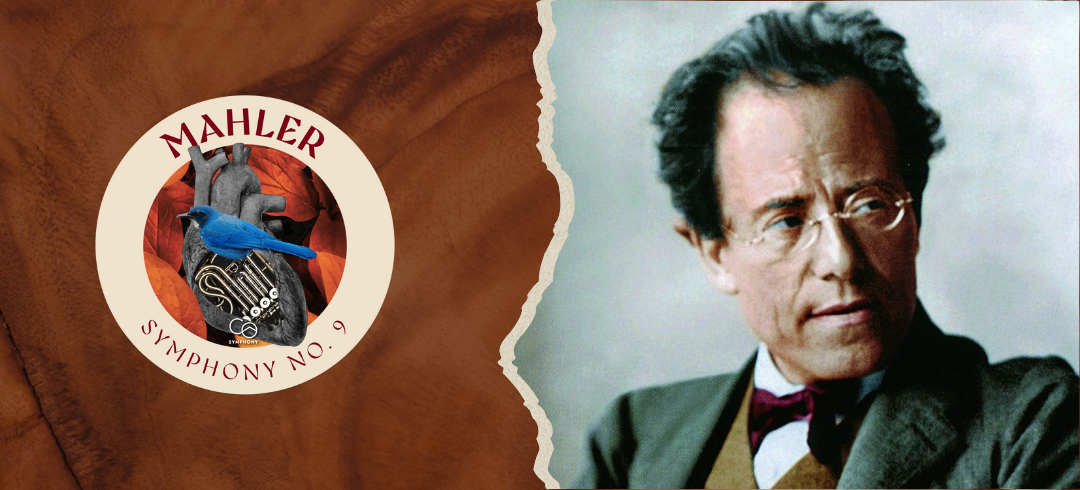When Gustav Mahler put pen to paper in the summer of 1909, he knew he was writing on borrowed time. Already marked by tragedy and illness, his life had become a relentless meditation on mortality. His Ninth Symphony — the last he would complete — is more than just music. It is a farewell letter, a confession, and perhaps even a prophecy.
Just two years earlier, 1907 had dealt him three crushing blows. Forced to resign as director of the Vienna Opera after a decade of uncompromising perfectionism, he also learned he had a fatal heart condition. Worst of all, scarlet fever and diphtheria stole his four-year-old daughter, Maria, from him. “Sick of many griefs,” Mahler nevertheless turned to the one thing that never deserted him: composition.
The Ninth Symphony emerged in this shadowed season of his life. Mahler was haunted by the “curse of the ninth”, the superstition that no composer survived their ninth symphony, a fate that had claimed Beethoven, Schubert, Bruckner, and Dvořák. He tried to outwit it by disguising Das Lied von der Erde as a “song-symphony” rather than giving it a number. But when he reached his Ninth proper, superstition and mortality hovered in every bar.
“I am thirstier than ever for life, and I find the ‘habit of living’ sweeter than ever.”
Gustav Mahler, composer
Yet what makes the Ninth remarkable is not its despair, but its profound affirmation of life. “I am thirstier than ever for life, and I find the ‘habit of living’ sweeter than ever,” Mahler confessed to his friend Bruno Walter. In the Ninth, we hear this paradox: the composer staring death in the face, yet grasping with both hands at beauty, intimacy, and transcendence.
The symphony itself is built as a series of farewells. The opening Adagio aches with tenderness, as if saying goodbye to love itself. A twisted Ländler — a rustic Austrian dance — follows, both nostalgic and grotesque, like a mocking Dance of Death. Then comes the savage Burleske, a farewell to worldly brilliance and the noisy clamor of urban life. And finally, the last movement: one of the most sublime slow movements in music, a farewell to existence itself. Here the music ebbs away into silence, marked in the score with the word ersterbend — “dying away.”
But Mahler’s Ninth is not just personal. It stands at a turning point in history. Composed in a world trembling on the brink of World War I, it carries the weight of an era fading into twilight. To Mahler, heir to Beethoven and Brahms, the symphony was also a farewell to the grand tradition of German symphonic writing, a tradition he sensed could not survive the coming upheaval.
When Bruno Walter premiered the work in Vienna in 1912, a year after Mahler’s death, he described it as “a tragically moving and noble epitome of the farewell feeling. A unique soaring between farewell sadness and a vision of Heavenly light.” Younger composers, among them Arnold Schoenberg, heard in it a doorway to the modernism of the 20th century.
“What one makes music from is still the whole — that is the feeling, thinking, breathing, suffering human being.”
Gustav Mahler, composer
And yet, for all its prophetic resonance, the Ninth remains deeply human. It is music born of grief, but also of love, a reminder of the fragility of life and the sweetness that can only be tasted fully when one knows it must end.
Mahler once said, “What one makes music from is still the whole — that is the feeling, thinking, breathing, suffering human being.” In his Ninth Symphony, he gave us nothing less.
Mahler’s Ninth | Oct. 17-19, 2025
Don’t miss your chance to see this epic work, led by former Colorado Symphony Music Director Andrew Litton from October 17-19, 2025, at Boettcher Concert Hall.


